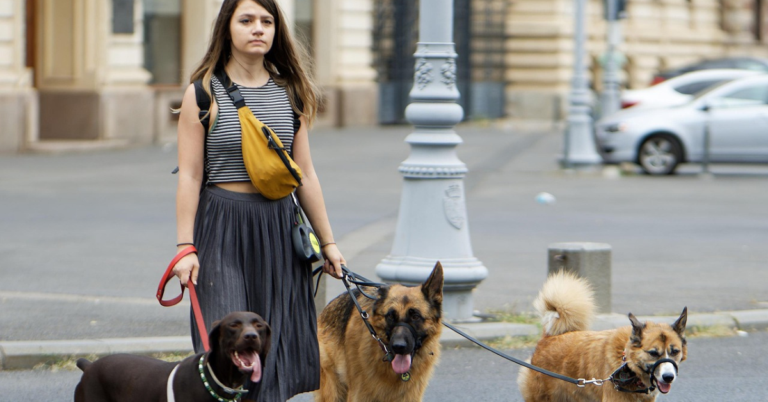30 Commands Every Dog Should Know
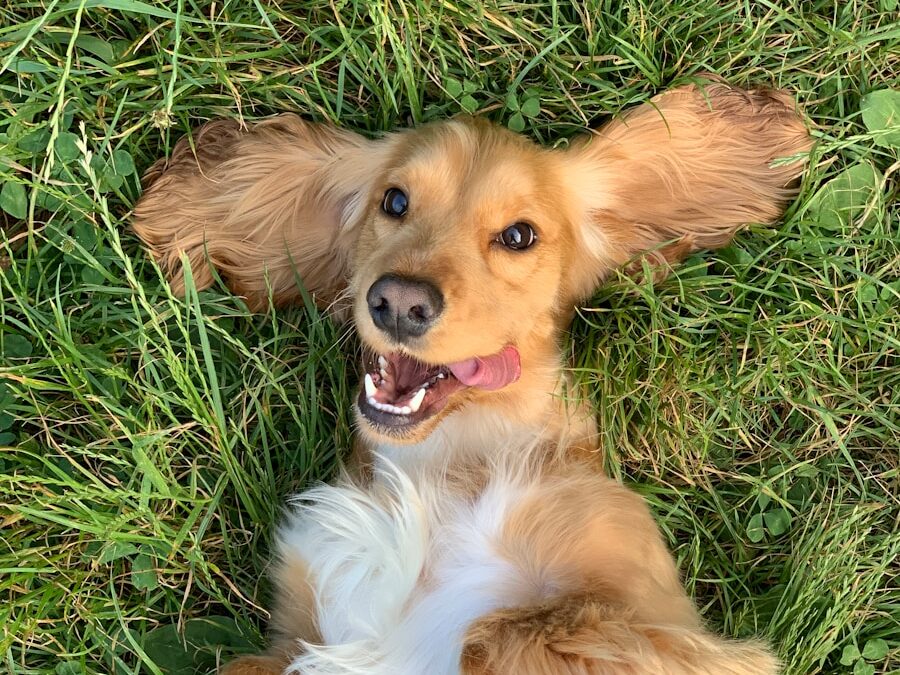
Training a dog is about much more than teaching party tricks — it’s about creating a foundation for safety, communication, and a peaceful home life. No matter if you’ve just adopted a puppy or you’re polishing the skills of an older dog, these 30 commands are must-haves for a well-rounded, obedient companion.
Sit

“Sit” is often the first command dogs learn, and for good reason. It’s simple, intuitive, and helps set the tone for future training. A well-timed “sit” can stop your dog from lunging at strangers, darting into the street, or jumping up on guests. It’s also a great way to get your dog to focus and calm down, especially in stimulating environments like parks or vet offices. Over time, “sit” becomes a default polite behavior, reinforcing good manners without you even having to ask.
Stay

A strong “stay” command keeps your dog safe by preventing them from running into traffic, chasing animals, or greeting strangers uninvited. It teaches impulse control, requiring your dog to wait until you release them — a critical skill during mealtimes, at crosswalks, or when guests arrive. Building duration, distance, and distraction into “stay” takes practice, but once mastered, it makes outings and at-home behavior much more manageable and stress-free.
Come

A reliable recall can literally save your dog’s life. Whether they slip out of their leash or get spooked and run, “come” ensures they return to you immediately. It takes consistent, positive reinforcement to build a strong recall, but once your dog understands that coming to you results in rewards, it becomes second nature. Never punish your dog when they come, even if they were naughty before — you want them to associate “come” with good things.
Down
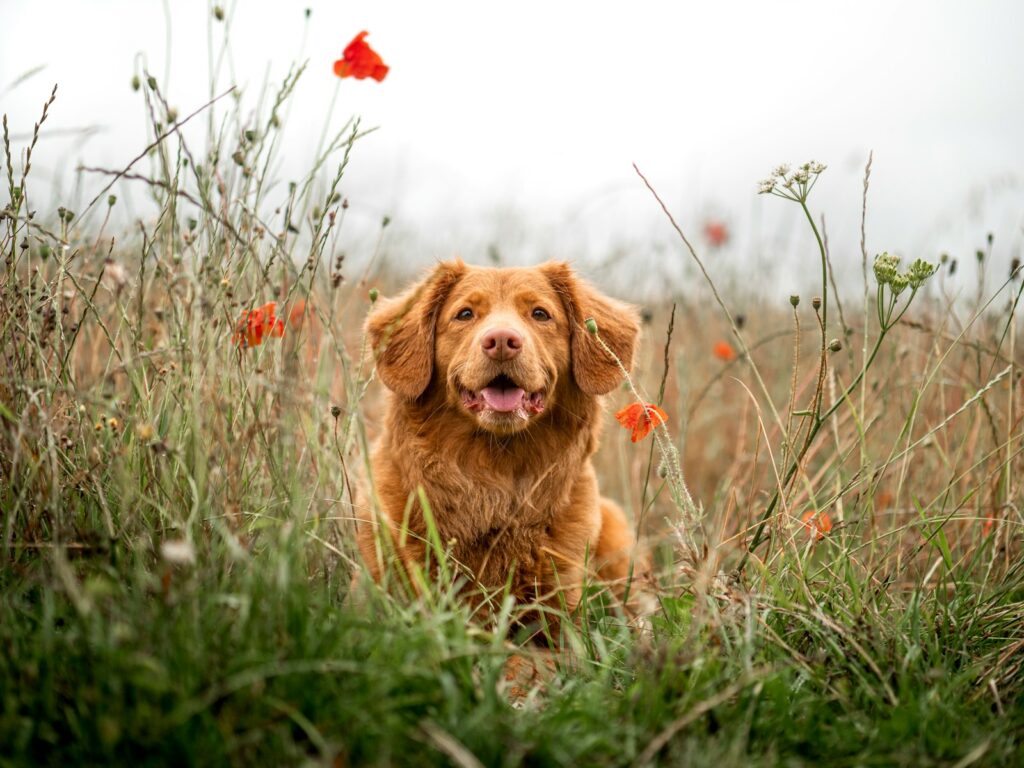
Teaching your dog to lie down on command is useful for calming them when they’re overly excited. A dog in a down position is less likely to react impulsively or move quickly, making it ideal for public places like cafes or while waiting for appointments. It’s also a great command for building patience, promoting relaxation, and encouraging submissive, gentle behavior in excitable or dominant dogs.
Leave it

“Leave it” can stop your dog from grabbing something dangerous, like food scraps on the ground, toxic plants, or even hazardous objects during walks. It teaches them to disengage from temptations and wait for your permission, reinforcing trust and obedience. Practicing “leave it” regularly ensures they respond even under heavy distraction — an essential skill for maintaining their health and safety.
Drop it
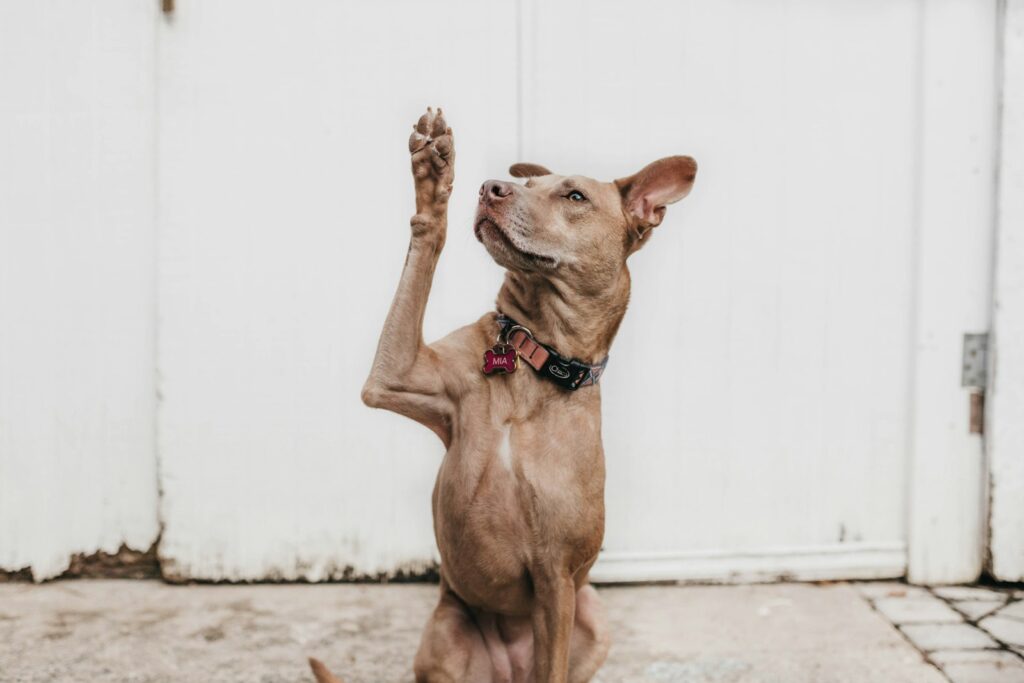
If your dog already has something in their mouth — a sock, a remote, or something dangerous like cooked bones — “drop it” is your rescue command. Training this prevents possessiveness and potential choking hazards. It also builds trust, as your dog learns that giving something up doesn’t mean punishment but often a treat or praise instead.
Heel
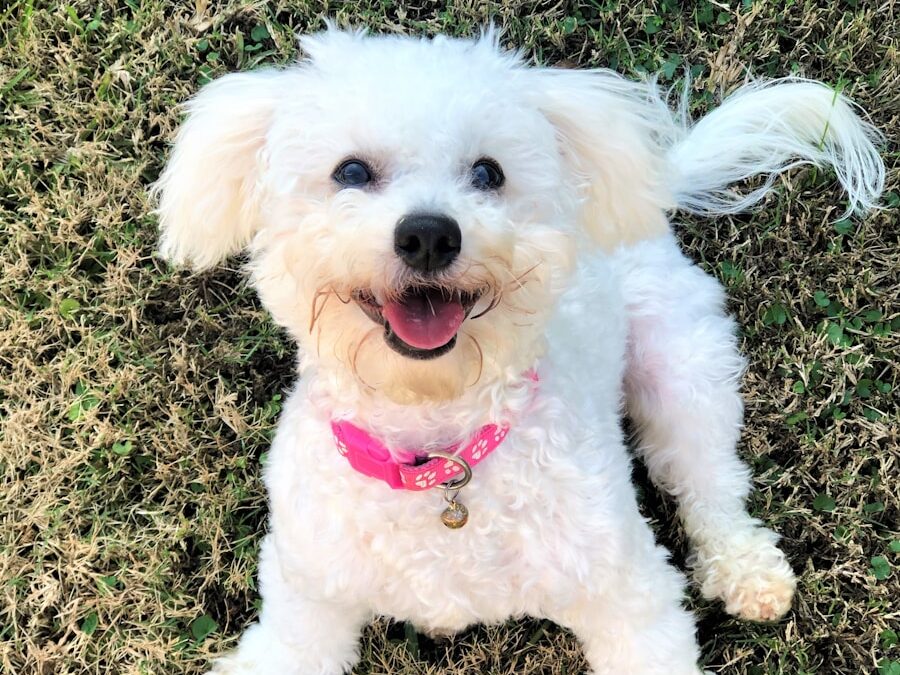
Walking a dog that pulls on the leash is frustrating and can be dangerous. “Heel” keeps your dog walking calmly by your side, maintaining a loose leash. It’s invaluable in busy areas like markets, crowded sidewalks, or trails where distractions are everywhere. Heel training also reduces injury risk to both dog and handler and enhances the bonding experience during walks.
Wait

While “stay” means don’t move until told, “wait” is more like a pause button. It tells your dog to hold back — whether at doorways, before crossing the street or waiting for a meal. It’s useful for controlling excitement and teaching self-control, preventing your dog from bolting ahead and ensuring they check in with you for permission before proceeding.
Watch me

“Watch me” teaches your dog to focus on you, even when the world around them is full of distractions. Eye contact builds connection and control, making it easier to guide your dog’s behavior. Whether you’re navigating a crowd or reinforcing other commands, a dog who can lock eyes with you on cue is more attentive and responsive overall.
Off

Jumping on people, furniture, or countertops can be dangerous and unwelcome. “Off” signals that your dog must remove themselves from whatever they’re on without punishment. It’s critical for reinforcing boundaries — your couch, your guests, or your dinner table all stay respected spaces. Consistency ensures they learn that polite dogs stay grounded.
No

Dogs need clear boundaries, and “no” communicates disapproval without confusion. Whether your dog is about to chew a shoe or bark excessively, a well-timed “no” interrupts the behavior before it escalates. Pairing it with positive alternatives teaches them not just what not to do but what behavior is expected instead, reducing frustration on both sides.
Quiet
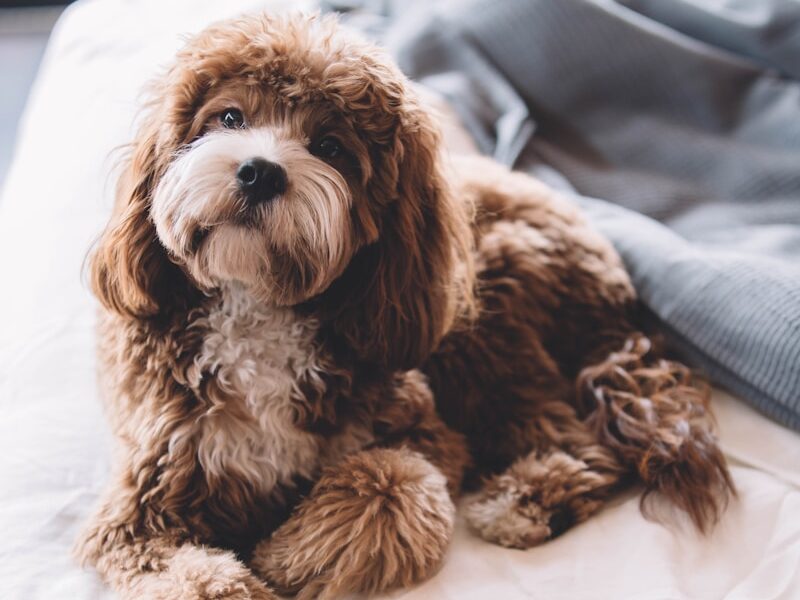
While barking is natural, excessive barking can cause issues with neighbors — and your sanity. “Quiet” teaches your dog to stop barking on command. It’s a particularly useful command for dogs that are highly vocal or reactive. By rewarding silence, you show your dog that being calm and quiet earns them praise and sometimes even better access to the thing they were barking about.
Place

Directing your dog to a specific spot, like a bed or mat, gives them a consistent safe zone. “Place” teaches your dog to settle somewhere designated, whether you’re cooking, entertaining guests, or answering the door. It provides structure and predictability and helps anxious dogs feel secure by having a familiar space of their own.
Kennel

If you use a crate for training, travel, or downtime, teaching “kennel” makes the experience smoother for both of you. Instead of dragging or coaxing your dog inside, a simple command sends them willingly into their crate. It turns the crate into a positive, safe space — not a punishment. Whether you need your dog out of the way when guests arrive or want them secure during a long car ride, “kennel” helps them understand that this is their spot to relax and recharge without stress or resistance.
Speak
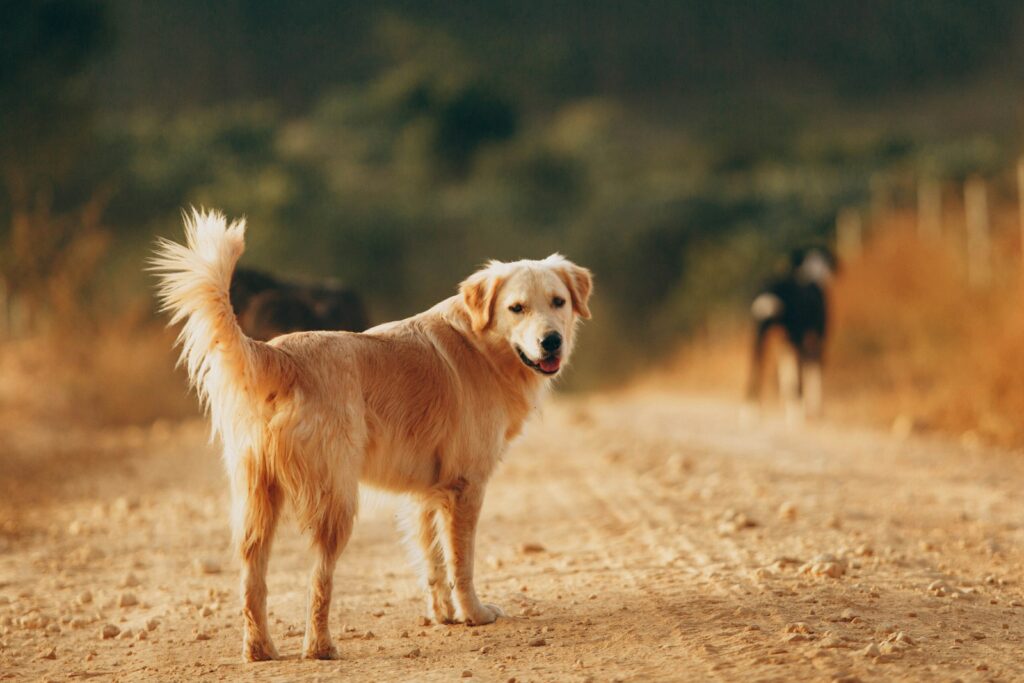
While barking can be a nuisance when uncontrolled, teaching “speak” on cue gives you a way to manage it. You create a structured way for your dog to express themselves, which is especially helpful for natural watchdogs or highly vocal breeds. It also makes it easier to teach “quiet” by offering a clear contrast between when barking is allowed and when it’s not. Plus, it’s a fun trick that can build confidence in shy dogs and keep training sessions lively and engaging.
Settle

“Settle” is a valuable command for teaching your dog to calm down, no matter the situation. It’s different from “down” or “place” because it asks for a state of mind — relaxation — rather than just a position. Perfect for dogs who get overstimulated in busy environments like parks, cafes, or family gatherings, “settle” gives them a tool to self-soothe. Training this command helps reduce anxiety, increases patience, and teaches your dog that sometimes the best thing to do is simply relax.
Touch
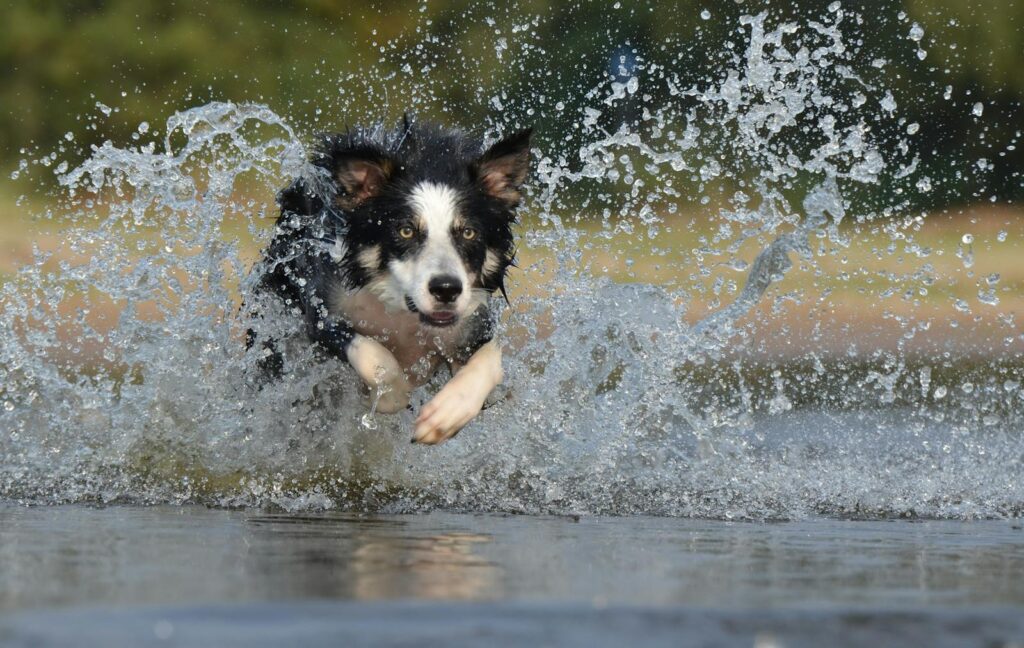
Teaching “touch” — where your dog taps your hand with their nose — is more useful than it might seem. It builds focus, encourages positive physical interaction, and is a simple redirection tool. If your dog is scared or distracted, asking for a “touch” helps break their fixation and brings their attention back to you. It’s also a foundation for more complex tasks, like targeting objects or guiding your dog through agility courses. Quick and easy to teach, “touch” is both practical and fun.
Back up

“Back up” gives you a polite way to ask your dog to create space without physically moving them. This command is especially helpful when your dog crowds doorways, blocks hallways or gets too close to guests. It’s particularly importantfor larger breeds, where a little extra room can make a big difference. Training “back up” teaches body awareness and promotes respectful boundaries, creating a more harmonious household and reducing accidents caused by a dog underfoot.
Up
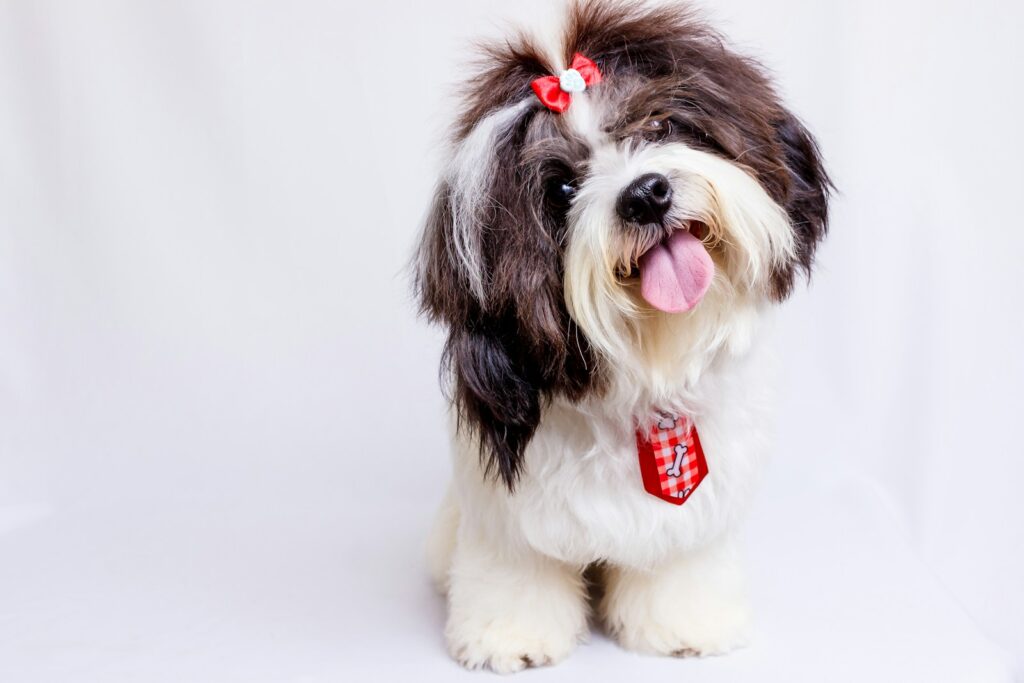
“Up” is about giving permission rather than encouraging jumping whenever they please. It tells your dog it’s okay to jump onto furniture, into a car, or onto a vet’s table — all on your terms. This command helps prevent confusion and uncontrolled jumping behavior. Dogs learn that “up” means access is granted while remaining calm and patient until invited. It’s an essential command for fostering discipline and ensuring your dog waits for permission rather than taking liberties.
Find it

“Find it” taps into your dog’s natural scenting and hunting instincts, turning mealtime or playtime into a brain workout. Hiding treats or toys and sending your dog on a search keeps them mentally stimulated and satisfies their innate curiosity. This command is perfect for days when you can’t get outside much — a quick “find it” session can burn off energy and reduce boredom-driven mischief. It also builds your dog’s problem-solving skills and provides positive outlets for their energy.
Roll over
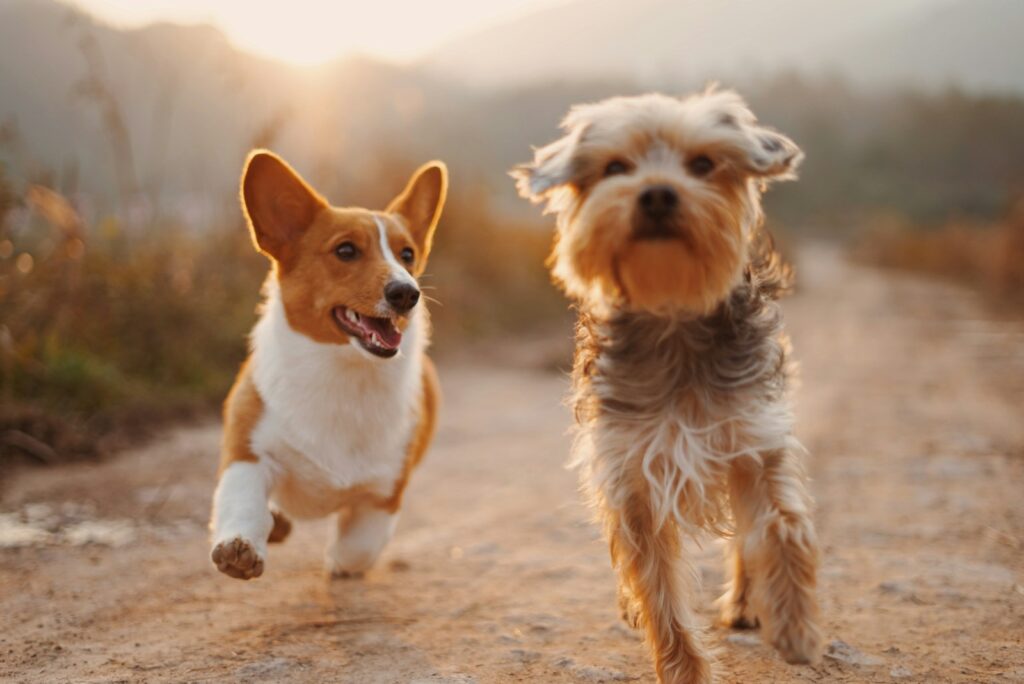
Teaching “rollover” goes beyond entertainment — it enhances your dog’s flexibility, muscle control, and body awareness. It encourages your dog to trust you as they expose their belly, a vulnerable position. Regular practice keeps their joints moving smoothly and can ease vet exams or grooming when they’re already comfortable with being handled. Plus, it’s a charming trick that never fails to get a smile from family, friends, or even strangers at the park.
Shake

“Shake” — offering a paw — isn’t just a cute trick; it prepares your dog for real-life handling. Regularly practicing “shake” desensitizes your dog to touch on their paws, which makes nail trimming, paw inspections, or cleaning much less stressful. It’s a low-pressure way to practice cooperation with grooming tasks. It’s also one of the simplest tricks to teach, making it perfect for building early confidence and strengthening the bond between you and your dog.
Spin

“Spin” is a fun, dynamic movement where your dog twirls in a circle on cue. Beyond being impressive to onlookers, spinning promotes agility, balance, and body control. It’s particularly helpful for younger dogs who need to burn energy or senior dogs who benefit from gentle mobility exercises. Plus, it makes a great warm-up before more structured training or physical activity. A dog that can “spin” on command is often more in tune with their body and with you.
Crawl
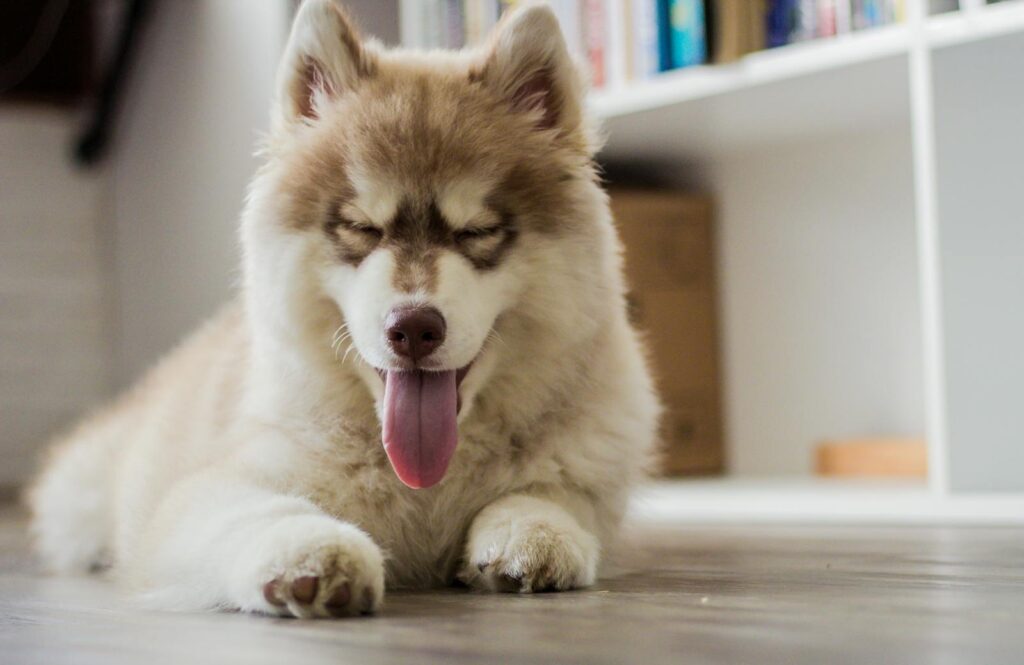
Teaching your dog to crawl strengthens their core muscles and improves their coordination. It’s a fun trick, but it also mimics natural movements that build confidence in tight spaces. Crawling can be especially helpful if your dog ever needs to maneuver under furniture, low tables, or through obstacles. It’s also mentally engaging, as your dog has to think about moving carefully and deliberately rather than just charging forward.
Bedtime

A consistent “bedtime” command helps set a daily routine that benefits both you and your dog. Dogs, much like humans, thrive on routine. Knowing when it’s time to wind down helps reduce nighttime restlessness and separation anxiety. Pairing “bedtime” with calming cues like dimmed lights and quiet activities makes sleep an expected and welcome part of your dog’s day, not a surprise that leaves them pacing or whining at night.
Take it
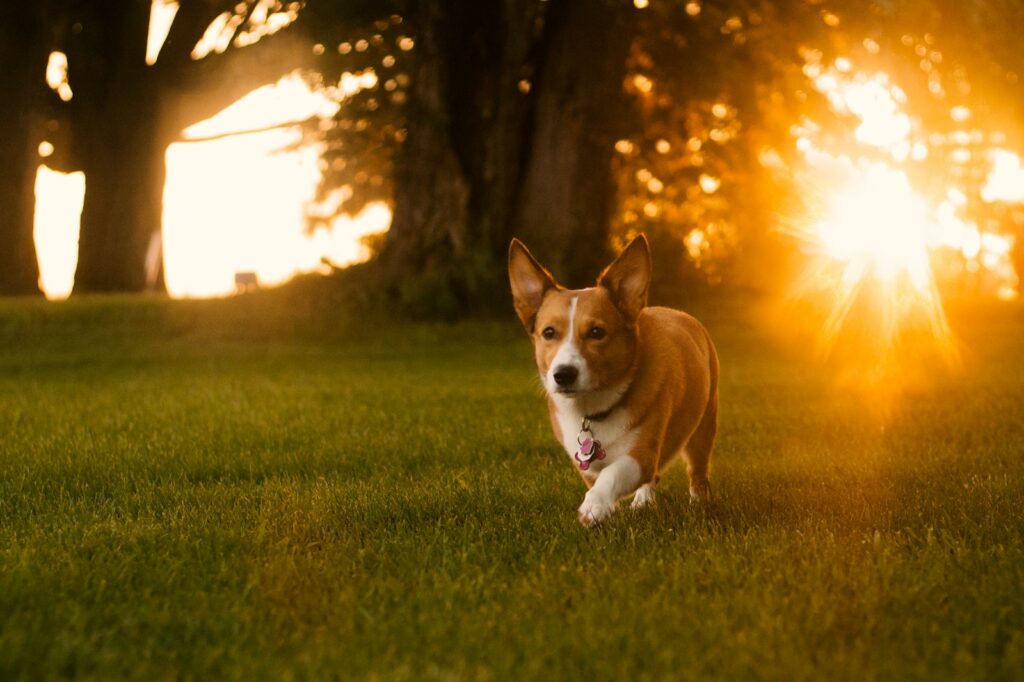
“Take it” teaches your dog to wait for permission before grabbing an item. This reinforces patience and respect around food, toys, or other objects. It’s especially important for preventing possessiveness or resource guarding. Practicing “take it” regularly instills impulse control, and it’s an excellent stepping stone for more advanced training, such as therapy dog work, where patience around distractions is critical.
Go potty
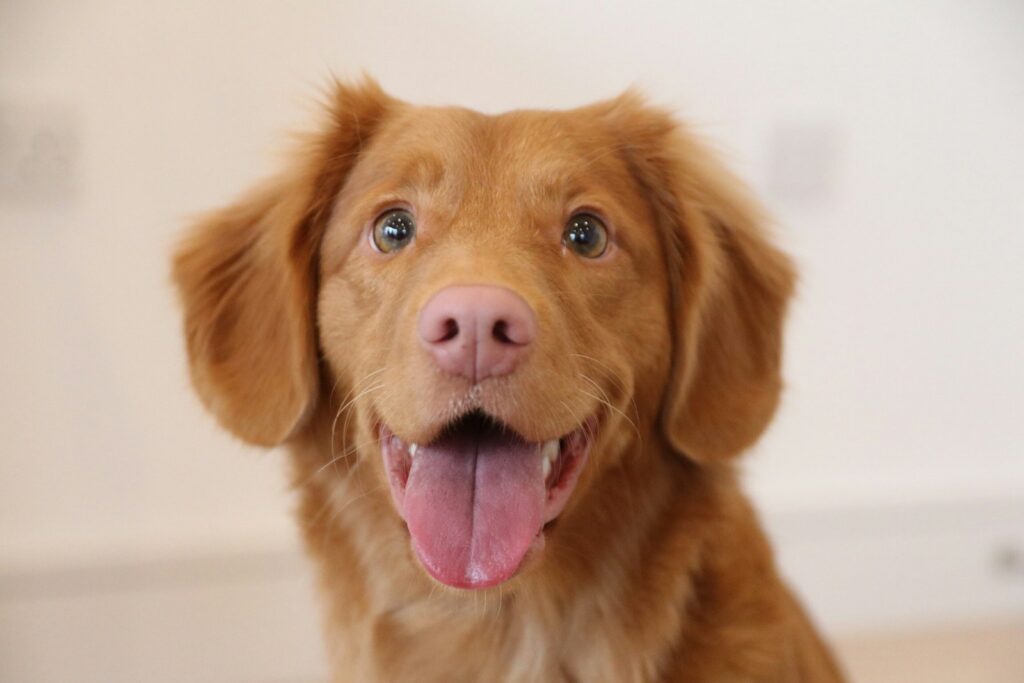
A bathroom command like “go potty” is a huge convenience during travel, rainy days, or last-minute outings. It lets your dog know that now is the time to relieve themselves, speeding up the process. Especially helpful for puppies or newly adopted dogs, having a consistent potty command establishes clear expectations and reduces the likelihood of accidents. Over time, it becomes a routine that makes daily life smoother for everyone involved.
Ride

Getting a dog comfortable with car rides is essential for vet visits, trips, and adventures. Teaching “ride” creates a clear signal that it’s time to hop into the car — calmly and willingly. It also gives you a way to manage excitement or anxiety around vehicles, helping your dog associate rides with positive experiences rather than stress or chaos. A dog who knows “ride” is easier to travel with and much safer around busy parking areas.
Fetch

“Fetch” isn’t just a game — it’s a way to reinforce structured play and exercise your dog’s body and mind. It builds your dog’s focus, teaches them how to return an item instead of hoarding or destroying it, and channels natural retrieving instincts into a positive interaction. Whether you’re throwing a ball in your backyard or working on advanced retrieving skills, “fetch” is a great outlet for physical energy and strengthens the bond between you and your dog.
Free
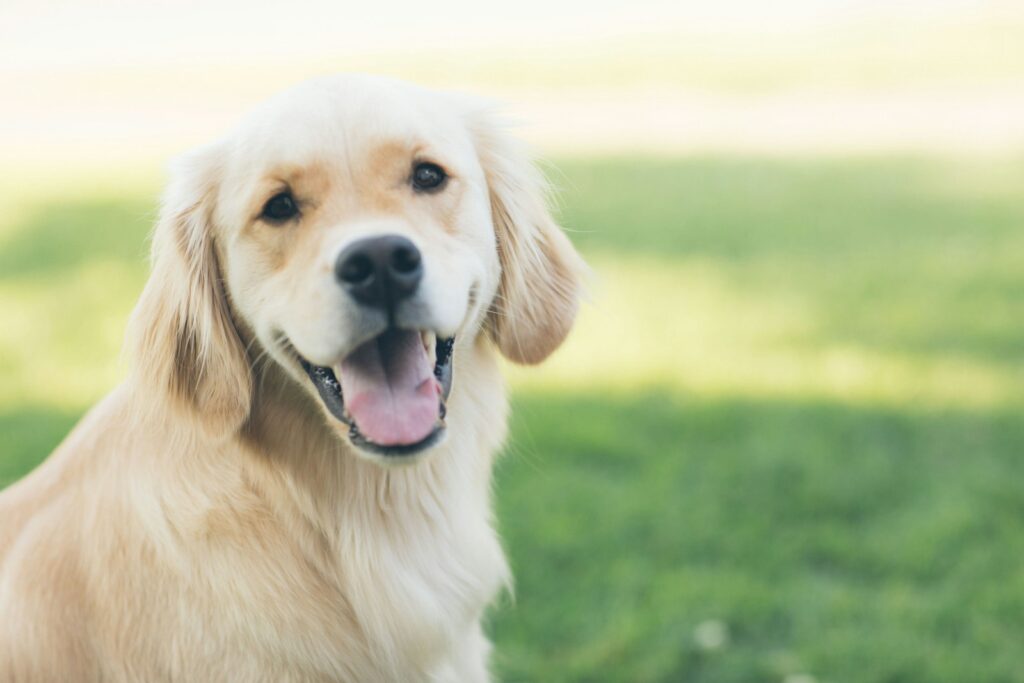
“Free” or “release” is one of the most overlooked yet essential commands. It tells your dog when they are no longer expected to hold a position like “stay” or “place.” Without a release word, your dog can become confused about when they’re allowed to move. “Free” provides clarity and closure to commands, reinforcing that listening leads to freedom. Over time, it helps build your dog’s understanding of structure, self-control, and timing.




